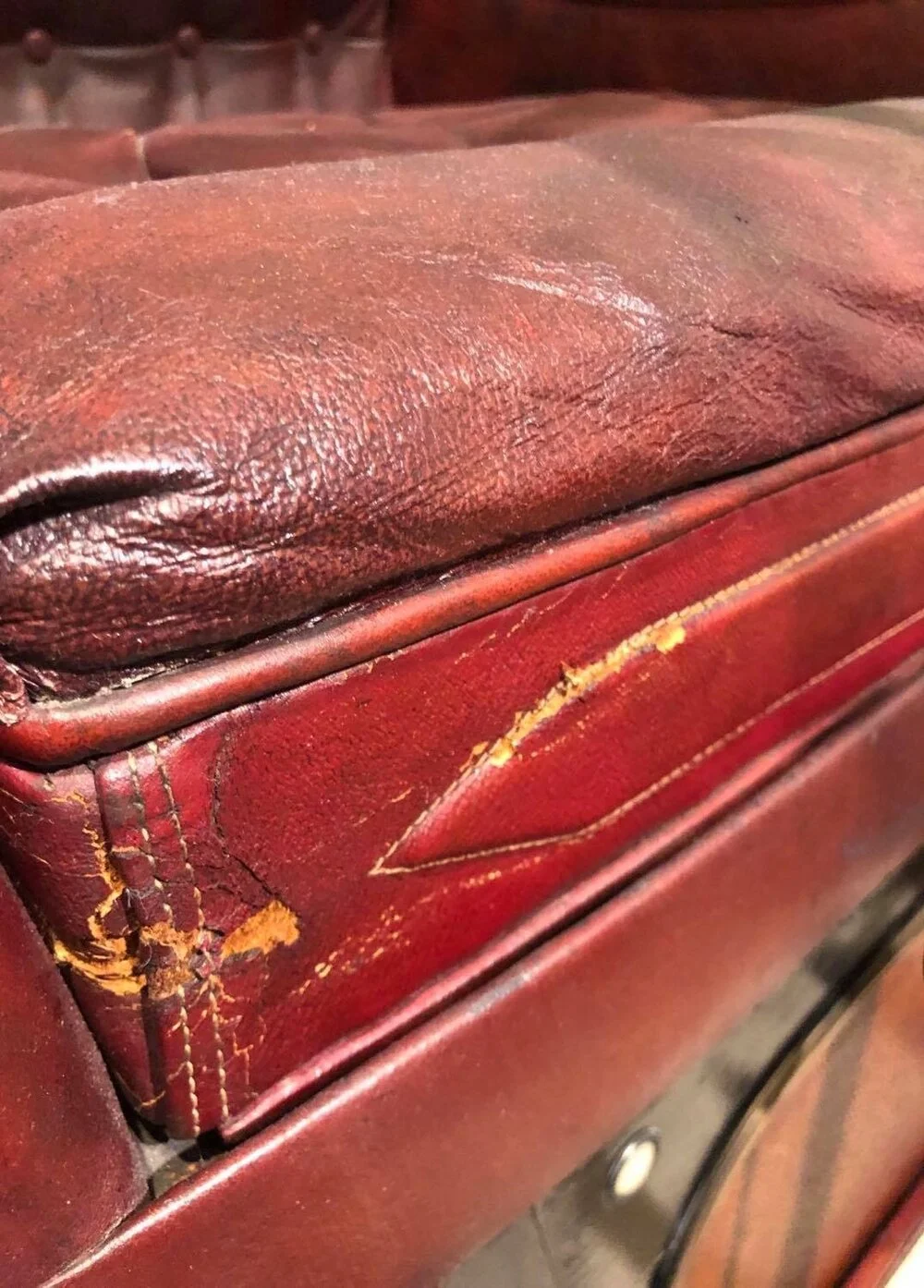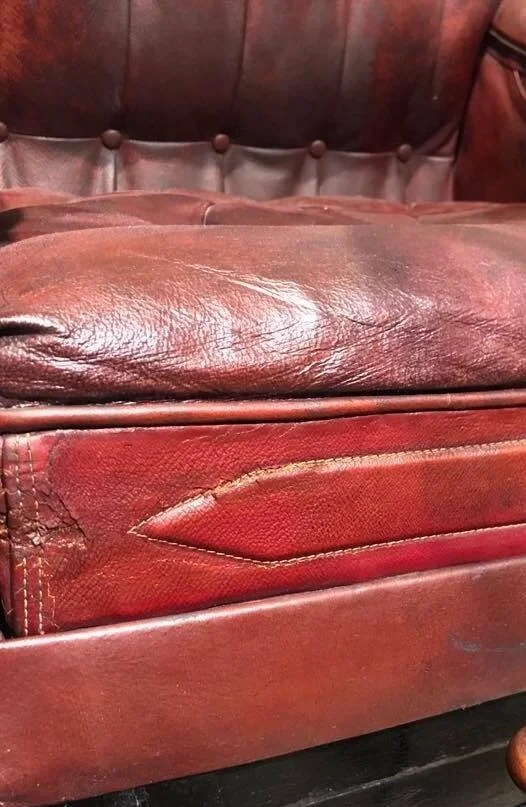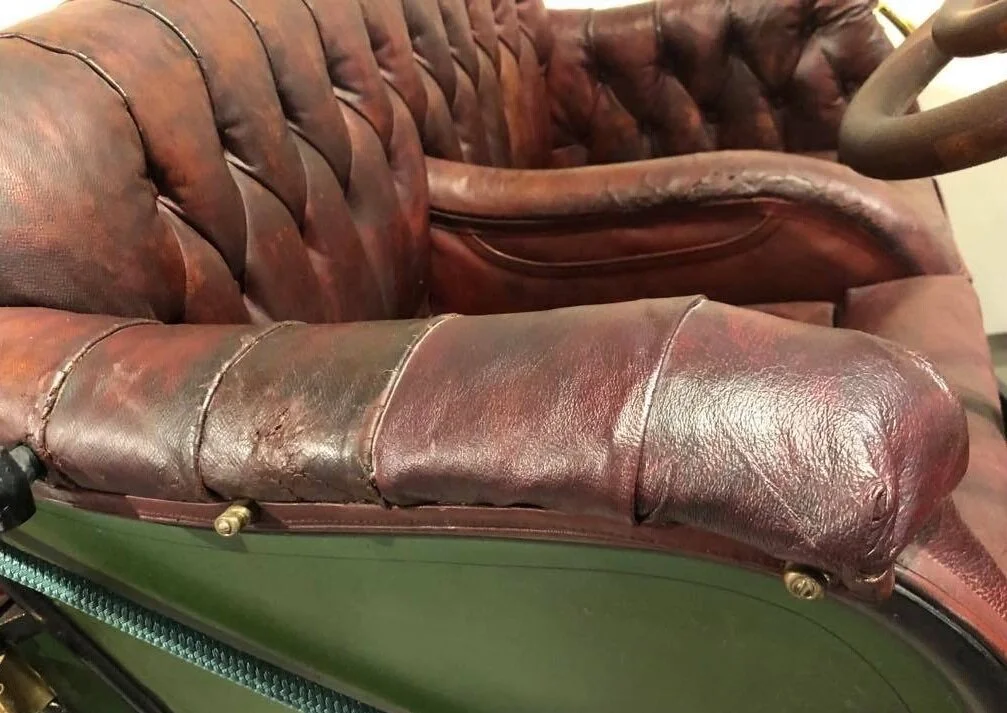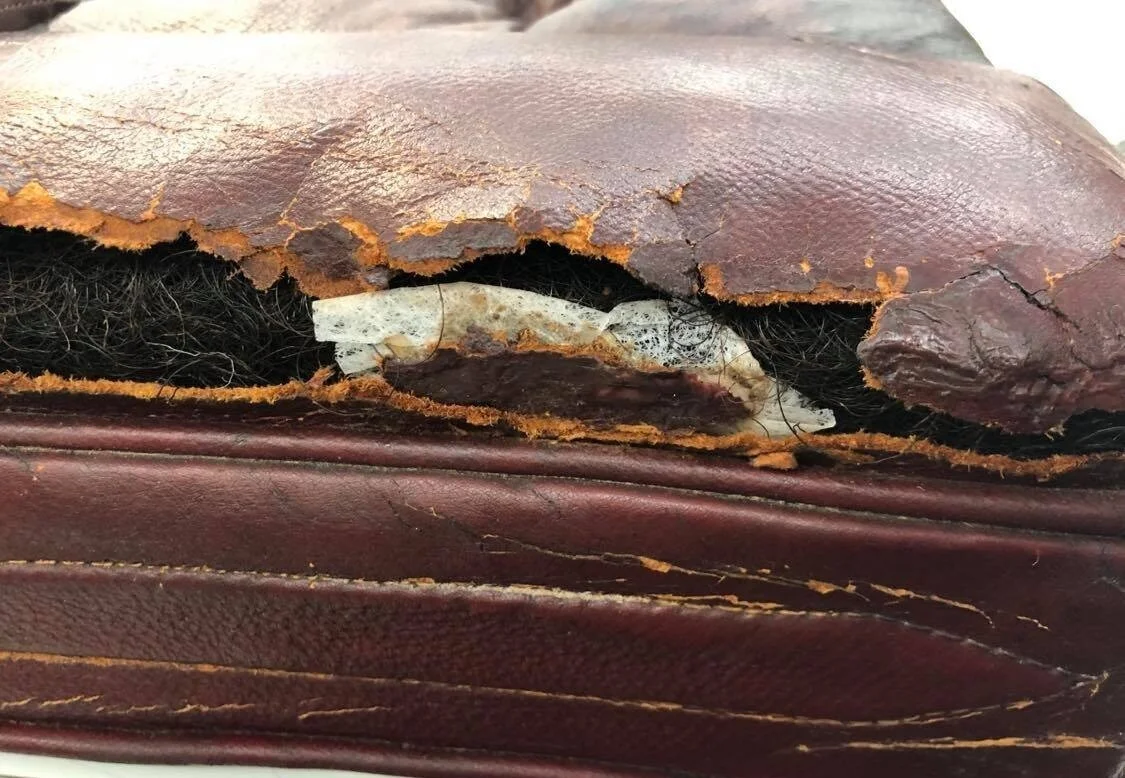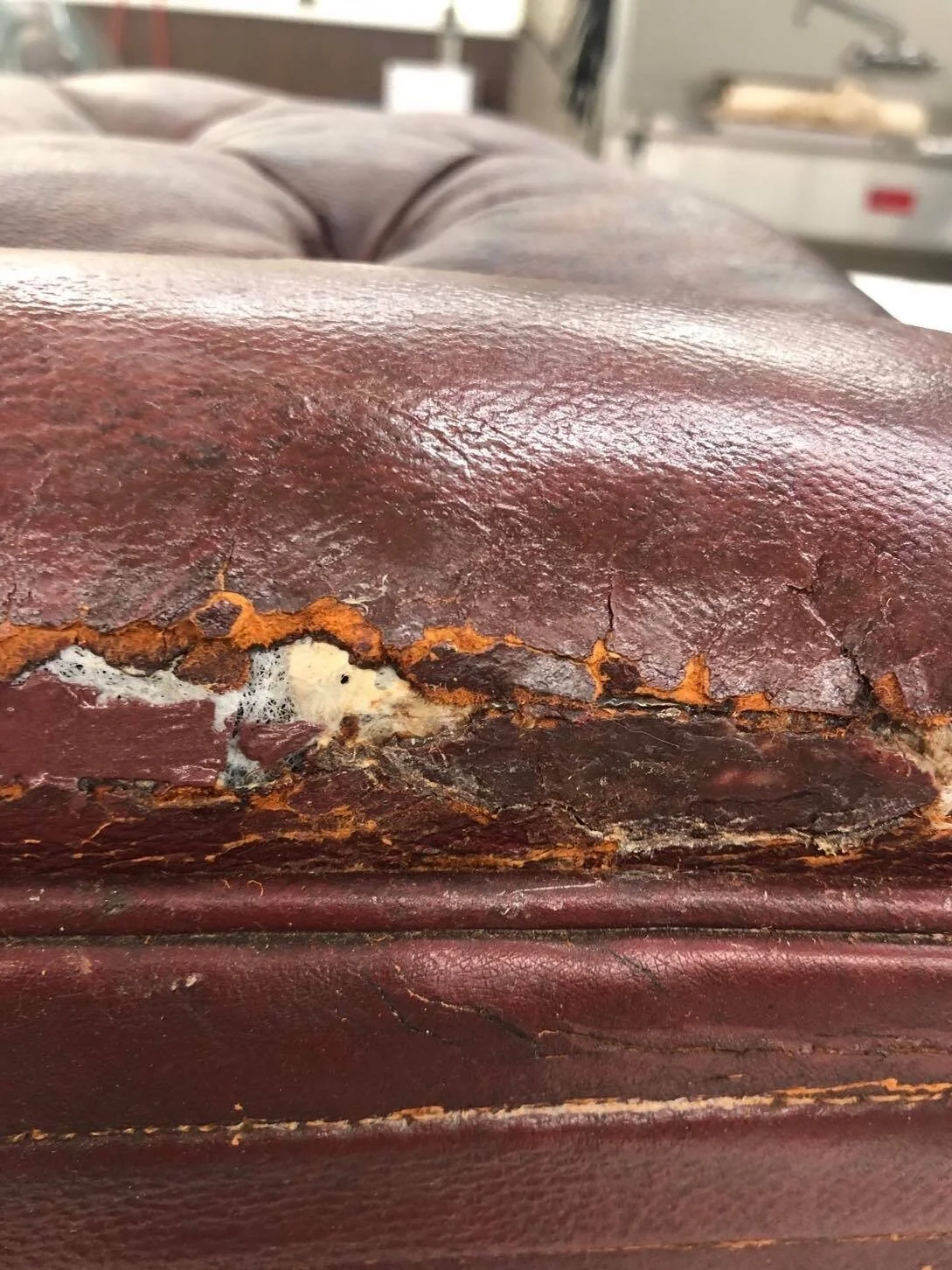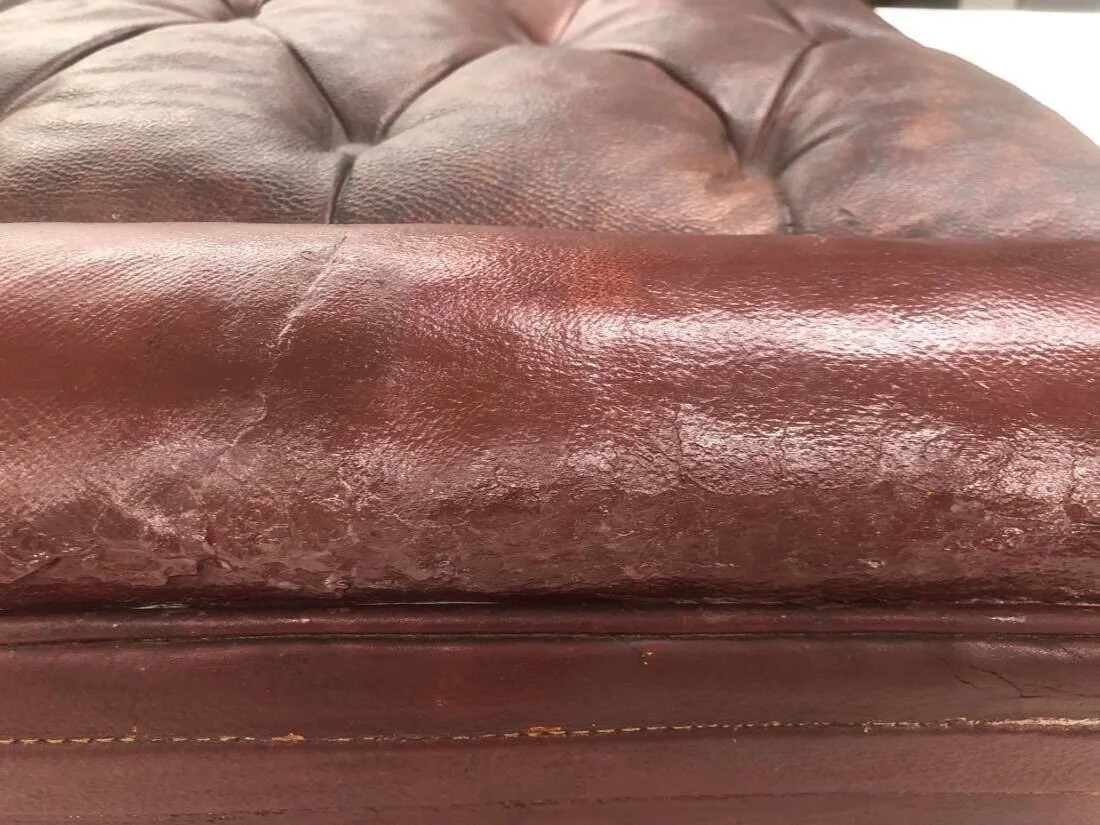White Model G. Steam Touring Car
(Object ID: 36.520.3)
Project Duration: 32 Hours
Date: 1907
Dimensions: L: 189in W: 66in D: 74in
Materials: Steel (Alloy), Metal, Leather, Brass (Alloy), Rubber
Object Description: Steam powered 19th-century America. Some early car manufacturers used this familiar technology to power their vehicles. The White Company was one of the best. Several well-known Americans purchased White steamers and President Taft included one in the first presidential car fleet. White, unlike other manufacturers of steam cars, shifted to gasoline-powered automobiles. It made its last steamer in 1911. The Steam Touring Car was shipped to Paris, France, on April 17, 1907 by Mrs. Domouriez, who was living in California and travelled there as well. The item is in a main gallery of the museum, and unfortunately, guests have crossed boundaries to sit in the open vehicle. This has caused terrible damage to the leather portions of the item.
Condition: Object is overall in fair condition. Wool carpet lining on the interior of the seating area is worn, with the most prominent losses located at and near the interior corners of the vehicle. Leather upholstery and cushions (especially those in the front of the vehicle) have been damaged due to issues with guests ignoring barriers and sitting on the cushions has caused them to severely degrade and tear. The leather cushions, especially the removable driver’s and passenger’s cushions are heavily degraded in select locations. Portions of the cushions have large tears that affect the structural integrity of them. Specifically on the passenger’s side cushion, a strip of leather is missing on the front, leaving the original torn leather detached and horsehair cushion exposed. Cushions in back of vehicle: light abrasions to leather causing frayed edges and tears that are yellow/tan in color.
Treatment:
Sections of the cushions containing losses were reinforced with Hollytex polyester interleaving tissue using Jade 403 diluted in distilled water. Once the torn pieces were aligned to their original positions, the losses were consolidated with a viscous paste consisting of Cellulose powder, Jade 403 adhesive, Winsor and Newton artist’s acrylics (red, black, ochre, burnt sienna), and distilled water.
When the paste was fully dried, all consolidated locations were in-painted with Winsor and Newton artist’s acrylics to better match the natural colors of the burgundy leather. A small amount of Liquitex acrylic gloss medium and varnish was mixed with the acrylic to better mimic the sheen of the original leather. This treatment was done to both detachable driver’s and passenger’s cushions, all armrests in the front of the vehicle, as well as select edges of cushions in the back of the vehicle.
* Wool carpet interior was left untreated.

